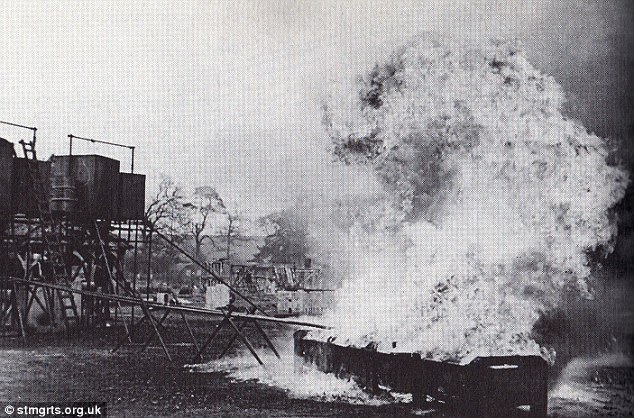Starfish sites were large-scale night-time decoys created during the blitz of the Second World War to simulate burning British cities. They were designed to divert German night bombers from their intended targets so they would drop their ordnance over the countryside. The sites were an extension of the engineer Colonel John Turner’s decoy programme for airfields and factories (code named “Q” Sites). Following the near destruction of Coventry by enemy bombers in November 1940, Turner was tasked with creating decoys for seven major industrial centres – Bristol, Crewe, Derby, London, Manchester, Middlesbrough and Sheffield.[1]
Turner referred to the new sites as “Special Fire” or “SF”. One of the first sites, near Bristol, was given the name “Starfish”, which subsequently became used for all of the decoys. The sites were positioned some miles from the target they were meant to protect, and consisted of elaborate light arrays and fires, controlled from a nearby bunker and laid out to simulate a fire-bombed town. By the end of the war there were 237 decoys protecting 81 towns and cities around the country.[2]
The official estimate is that 730 bombing raids were diverted to these decoy sites.[2] The historian Colin Dobinson has estimated that Starfish decoys diverted 968 tons of German bombardment.[3]

